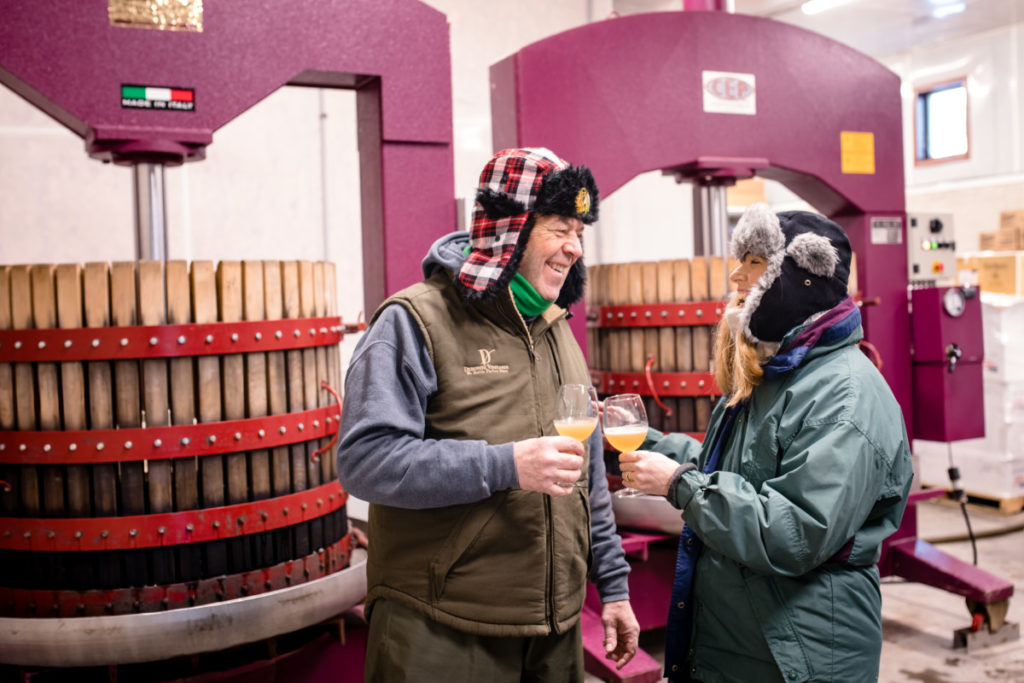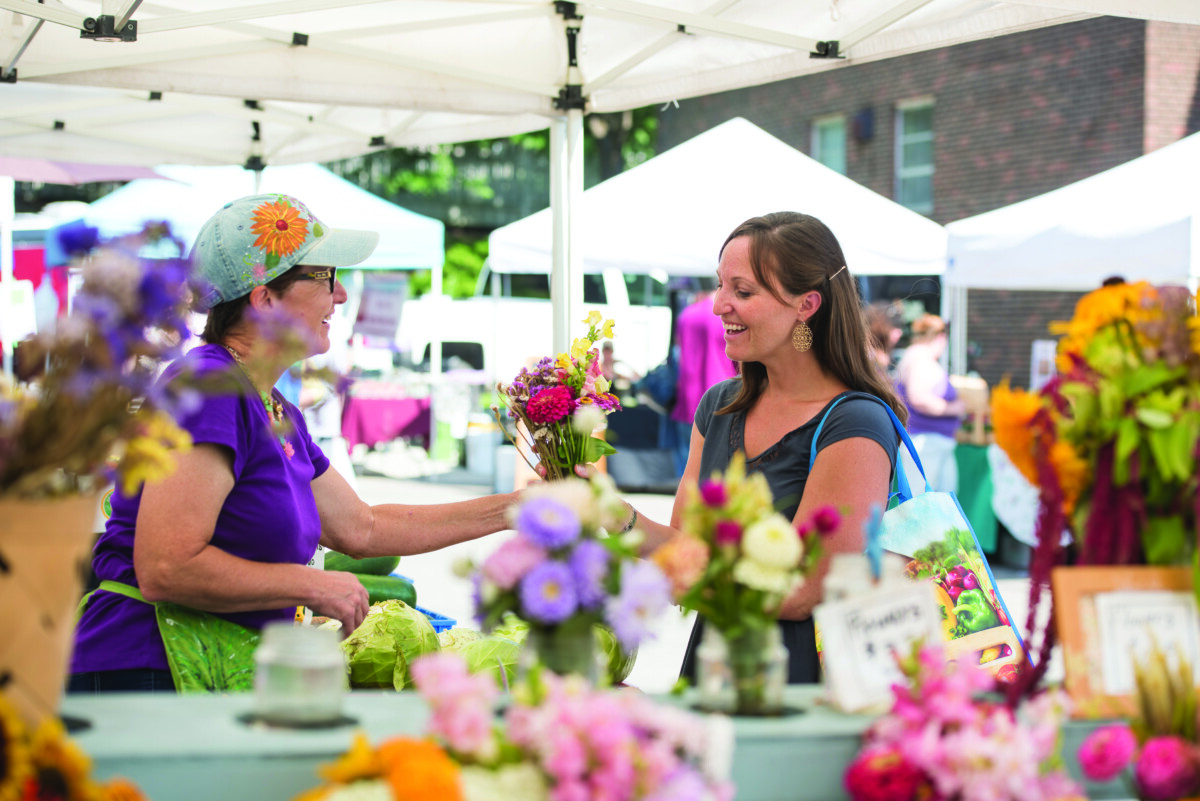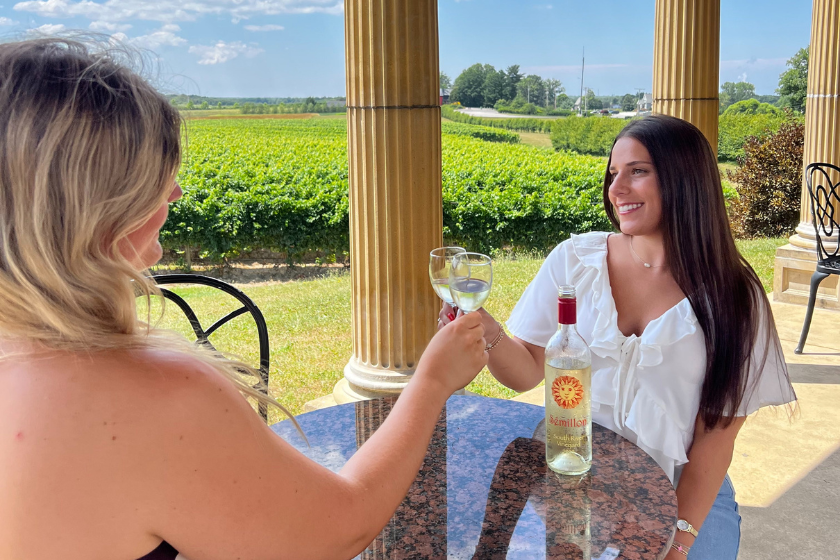Learn the art of winemaking from the largest grape grower in Ohio: Tony Debevc, owner and founder of Debonne Vineyards, explains how to make wine.

Learn the art of winemaking from the largest grape grower in Ohio: Tony Debevc, owner and founder of Debonne Vineyards, takes us through the winemaking process from start to finish.
Start with the Grapes
Grape harvesting starts in mid-September in Northeast Ohio, give or take a week or two depending on how the weather behaves. White wine comes first. “White wine is made with fresh juice,” says Debevc. “We crush the grapes, destem, put them in the press and squeeze, then chill for 24 to 48 hours to settle out any solids.” The juice is warmed to 60 degrees and then inoculated with a specific yeast depending on the type of wine that’s desired.
White Wine Fermentation
“With white wine, fermentation either goes through to completion or stops,” he says. “In the case of Riesling, it stops short of completion, which leaves us with residual sugar.” Dryer whites, like Chardonnays and Pinot Grigios, are allowed to ferment to completion. “After fermentation, we go on to bottling, which is a fairly easy process,” Debevc says. You’ll have to wait nine to 12 months for your whites to mature in the bottle.
Red Wine Fermentation
Reds start with crushed grapes fermented in vats, with the skin still on. “That’s where the nutrients, flavor, and color of red wine all are,” Debevc says. “Once the fermentation is complete, when there’s almost no sugar left at all in the juice, then we transfer the must [juice, skins, seeds] into the press to separate solids from the juice.” Following a secondary fermentation to convert malic acid to lactic (imparting red wine’s appealing creaminess), red wine is aged on sediment for a couple more months to enhance flavors. Then it’s racked a few times from container to container. The reds may be a little more work, but the payoff for your palate is worth the time.
Why Do I Taste Oak?
As you may be able to guess, this is when oak barrels sometimes enter the picture. “The softer oaks of France impart more of a vanilla characteristic,” explains Debevc, “while American oak has an oak aromatic instead of vanilla aromatic, like walking into a wood shop.” After that, the wine is chilled to soften the flavor and then bottled. Reds mature in the bottle for one to two years.






